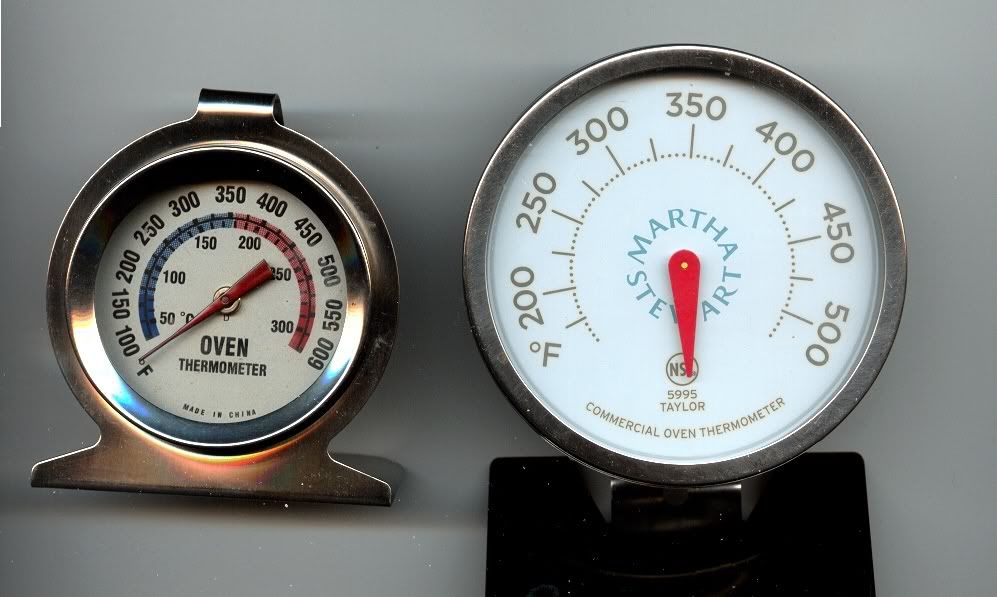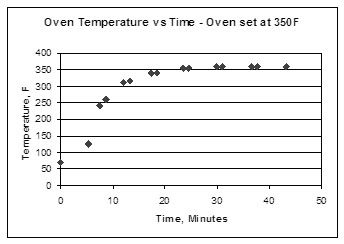quote:Originally posted by Stu Riegel:
[QUOTE] SHYLOCK: The 0.45 kilogram of flesh which I demand of him Is deerely bought, 'tis mine, and I will haue it.
quote:We use Imperial units because we always have, except for the gallon and its derivatives of which we have our own.
Stu, if you live in Cleveland OH, then you don't use imperial units. Imperial units came into use about 1824 when the were adopted throughout the British empire. Metrication in the 1960s throughout the empire ended their reign.
What you use instead is what the US government defines as USC (United states Customary units). Imperial and USC are not the same. Most units carry the same name but the the size of the units is different. Only pound weight and the inch (and only since 1960) are the same. All else varies and by large amounts.
quote:Perhaps it is the US Gallon that's behind our stubbornness. That unit is uniquely American, and therefore superior to any one-world unit of measure. Adopting the metric system would be to abandon our cultural heritage and everything we hold dear.
How would it do that? Would rock & roll, blue jeans, apple pie, fourth of July, etc. disappear the moment metric is adopted everywhere? Can you provide an example where this has happened before?
quote:Also, adopting the metric system would lend credence to the tinfoil-hat crowd, who worry that America is under attack from The Globalist Conspiracy. After all, invading UN troops could easily read metric signs, and our women wouldn't be safe in their beds. And those UN troop all use that funny foreign ammunition marked in millimeters. Nothing could be worse than being shot with a foreign metric bullet.
[quote] When the Nazis invaded their neighbour's countries, they ignored the road signs and followed their maps. I would suspect that foreign troops invading the US would use GPS units operating in the metric mode.
I'm sure there are a lot of American women who would drool at the chance of having a foreign soldier sweep them off their feet. Especially if they are French.
If you are shot by a metric bullet, you would not even know it. You'll be dead.
But you don't need to be shot by a foreigner to be shot with a metric bullet. One of your fellow citizens could accomplish the same thing. Have you ever heard of a 9 mm gun? They are the most popular.
[quote]All kidding aside (and the above was kidding (although the bit about the gallon may have some credence)) we're all on your side, because we're familiar with metric measurement. The majority of Americans, however, are still not.
The question is, are they really familiar with USC? I know you were kidding above, and some of my answers may seem like I thought you were serious. But just in case someone thinks it all is fact will see that it really isn't
quote:The only way to metricize America is to get a lame-duck President to sign an executive order authorizing it. He won't have to worry about getting re-elected. His legacy in the short term will be one of outrage, but in the long term we'd thank him for doing it.
When we change to the metric system, we metricate, not metricize. Some will even say metrification instead of the correct metrication. There is no "if" in metrication.
That is your first lesson.
http://dictionary.reference.com/browse/metrication


